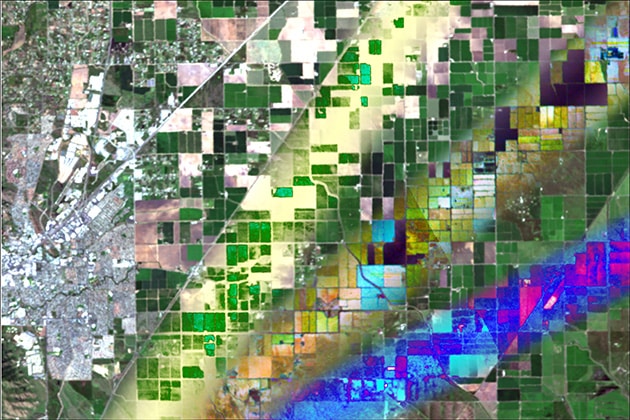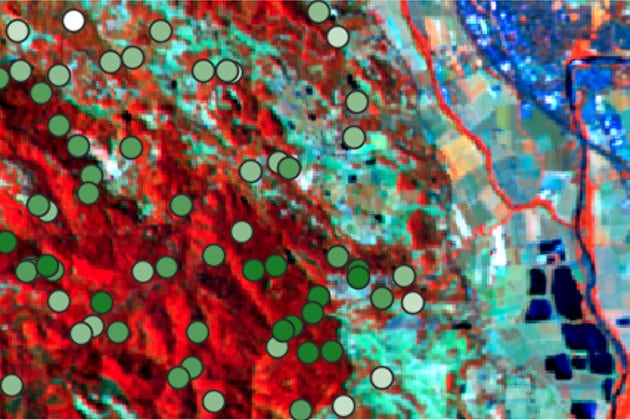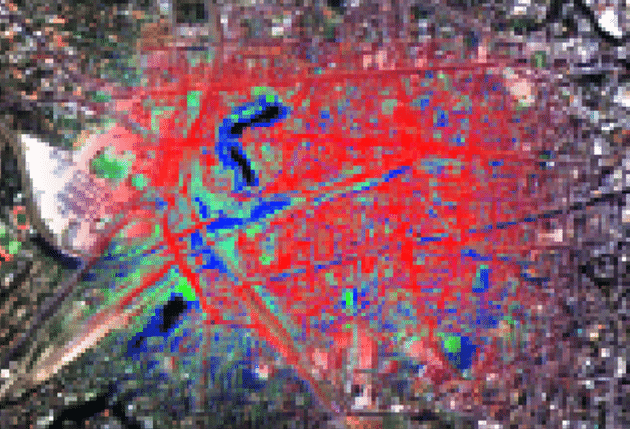This unit focusses on quantification regression analysis and RTMs. A short introduction to the radiance regime of vegetation is followed by an overview on retrieval methods of vegetation bio-geophysical and biochemical traits from imaging spectroscopy data. Various retrieval methods are presented targeting the four methodological categories: (1) parametric & (2) nonparametric regressions, (3) RTMs, and (4) hybrid methods. Lastly, emulation and quantification of uncertainties are briefly discussed.
This unit was originally published in October 2020. The revised version is accessible since February 2023. It is recommended to study the unit “Dimensionality reduction of imaging spectroscopy data” before starting this unit. Complementary to this unit, the tutorial “Interactive Visualization of Vegetation Reflectance Models (IVVRM)” offers hands-on training with real-life data, improving the understanding of the interaction between vegetation and radiation from an application-based approach. Additional information on this topic can be found in HYPERedu’s Short MOOC “Beyond the Visible – Imaging Spectroscopy for Agricultural Applications”.
How to cite this slide collection: K. Berger, J. Verrelst, C. Atzberger, M. Weiss, S. Steinhauser, M. Wocher, S. Foerster, T. Kuester (2020). Retrieval approaches of vegetation traits from imaging spectroscopy data – Overview of methods for the quantification of bio-geophysical and biochemical vegetation traits. HYPERedu, EnMAP education initiative, LMU Munich; originally published September 2020, revised February 2023.
Please help us to further improve the hyperspectral resources and send us your feedback to hyperedu@eo-college.org





Responses